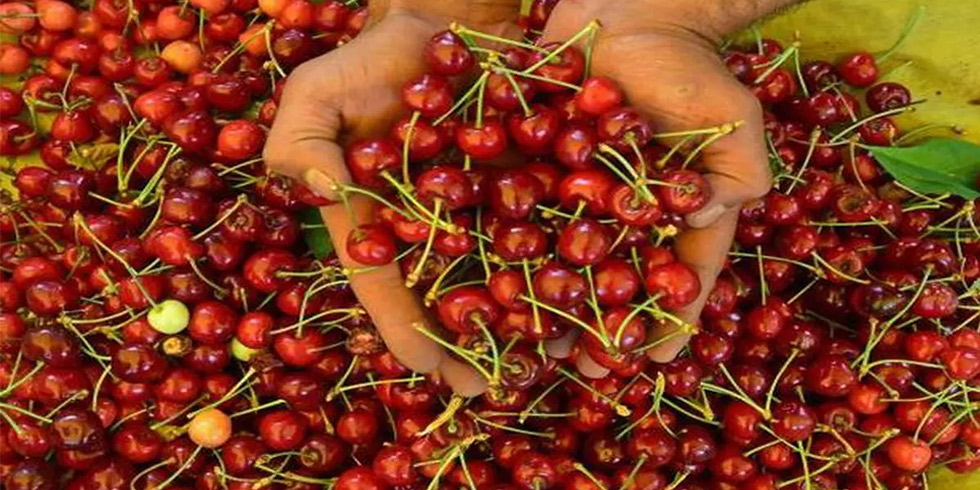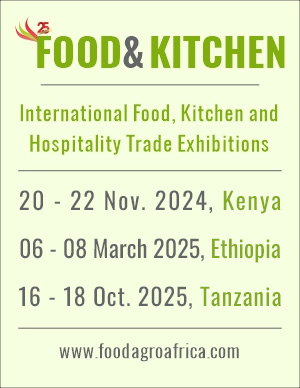The flavour and fragrance industry in India has witnessed tremendous growth over the past few years especially during FY’2010-FY’2015, according to Ken Research, a leading name in research analysis.
As per the research, the consumers in the country are steadily moving towards packaged and canned foods, which has heightened the growth of flavour segment in India. Various factors such as economic growth, rising prosperity, incline in urban class population and busier lifestyles have contributed to an inclining growth for flavours. Moreover, busier lifestyles in the country have triggered increase in consumption of ready-to-eat foods. For consumers unwilling to compromise on taste, health or convenience, flavour companies have been bent on innovating new products. The demand for flavours has widely enhanced over the last couple of years.
The research points that the India flavour market is diversified across several fragrance families such as vanilla, butterscotch, blackcurrant, kesar and other exotic flavours. The market was dominated by vanilla flavour which remained the largest demanded flavour of the flavour market in India. Exotic flavours are also demanded at a wide scale, although it is a newer product line but still the demand is very high as compared to other flavours. These flavours generally include strawberry, cranberry, mulberry and others. Butterscotch and black currant were the third- and fourth-largest contributor to the overall fragrance market.
The flavour market in India has been segmented on the basis of types of applications which comprise beverages, bakery, confectionery, dairy, pharmaceuticals, tobacco and others. The flavours used in the beverages have grossed the highest revenues for the flavour market. Confectionery has been the second-largest revenue contributing segment to the overall flavour market in India during FY’2015.
Dairy is the third-largest product in flavour market of India. This product has witnessed a huge spike in terms of revenues owing to higher demand of flavoured milk especially among urban households.
The demand for flavours has been catered by two distinct sources: imports and domestic production. The demand for flavours in India is accomplished largely through domestic procurement. Meanwhile, the import demand for flavours was very low. In the coming years, it is expected that import demand for flavours products is likely to augment, which is anticipated to be driven through surge in personal disposable income, rising urbanisation levels and growing preferences for foreign flavours.
The flavour market in India has been segmented on the basis of synthetic and natural flavours. Natural chemicals are those which are created from the edible products such as essential oils, oleoresins, fruits, leaves and several others. However, synthetic flavours are processed in laboratories using inedible things such as petroleum. It has been estimated that during FY’2015, synthetic flavours accounted majority of the overall flavour sales in India. The major reasons of the domination of synthetic over natural flavours is that the cost incurred and time taken in production is less in comparison to that of natural flavours, according to the research company.








Add Comment